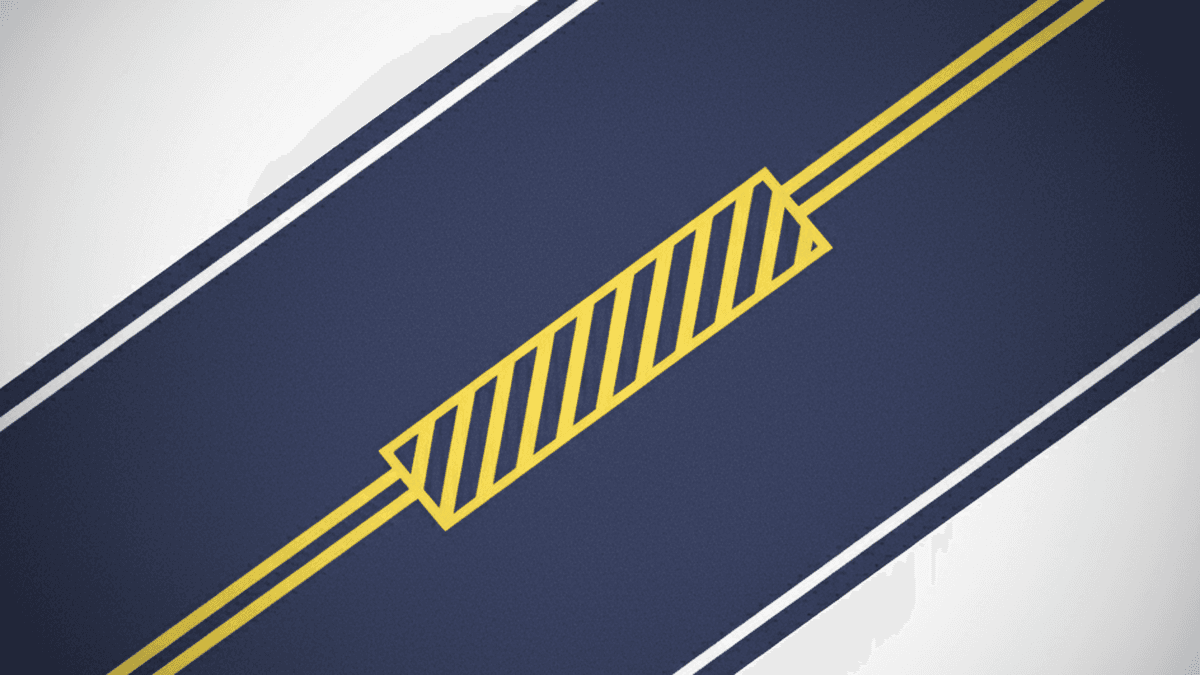two sets of double yellow lines (double-double)
Drivers often meet a special centerline pattern—two sets of double yellow lines, sometimes called "double-double". In several states, this pattern works as a painted median barrier: you must not cross the four-stripe segment, except at a clearly marked opening. Below we explain what the pattern means, when crossing is allowed, how to spot lawful openings, and how officers typically cite violations. We also link to practical pages on left turns and crossing double yellow.

What "double-double" yellow means and why it exists
A standard double solid yellow marks a no-passing zone: you may not pass another vehicle by using the opposing lane. A double-double extends that idea: instead of a single pair, you see two pairs of double yellow separated by a narrow buffer. This painted median adds separation and predictability where head-on conflicts are likely—near busy driveways, transitions to center left-turn lanes, or corridors with frequent turning pressure.
California painted median barrier and legal openings
California is a commonly cited example. Under CVC §21460, two sets of double yellow lines function like a barrier. Do not drive over them to turn, enter, or exit a driveway unless there is a designated opening in the painted median. Where an opening exists—and only there—you may turn across when it is safe and lawful (watch for signs prohibiting certain movements).
Recognizing openings vs unbroken median segments
A lawful opening is a visible gap in the four stripes, typically with clear taper, channelization, or even chevrons guiding entry/exit. If the double-double remains continuous with no gap, it is a barrier segment. Crossing there is a violation in states that treat the pattern as a median.
Nighttime visibility and head-on risk
At night or in rain, drivers misread medians and attempt shallow cut-throughs. That can put your vehicle nose-to-nose with oncoming traffic. If you are unfamiliar with a corridor, reduce speed, scan ahead for breaks in all four stripes, and commit only where channelization clearly indicates a legal opening.
Example citations for crossing the median
Officers typically cite under the jurisdiction's centerline statute (e.g., failure to obey official traffic control markings or the specific code section that defines double-double as a barrier). The key element is no opening present.

Where crossing is lawful: designated openings, left turns, U-turns
Even in states that treat two sets of double yellow lines as a barrier, there are places where a legal crossing is intended—designated openings. At such gaps, drivers can often make left turns across double yellow into a driveway, business, or side street, and sometimes execute a U-turn if U-turns are not otherwise prohibited and sight distance is adequate.
Left-turn across double-double at a designated opening
Treat the opening like a controlled gap: signal early, yield to opposing traffic, and complete a single, clean crossover without lingering in the opposing lane. Watch for turn pocket arrows, refuge islands, or medians that guide your trajectory.
Visibility, gap selection, and pedestrian priority
Do not rely solely on a vehicle in the adjacent lane to block your view. Confirm that both opposing lanes are clear for the entire crossing movement. Always yield to pedestrians at or approaching crosswalks.
U-turns: posted signs and location limits
A designated opening does not automatically authorize U-turns. Look for "NO U-TURN" signs, school zones, limited sight distance before crests/curves, and local rules. See U-turn across double yellow for a fuller checklist.
When an opening is not an opening
If only one pair of stripes breaks (e.g., for a driveway throat) but the opposite pair remains continuous, you have not found a legal opening across the entire median. A valid opening breaks all four lines.
When it is prohibited: continuous painted median = barrier
Where the double-double remains continuous, do not cross for any reason— not to pass, not to "short-cut" a turn, not to nose into a driveway. The purpose is to suppress risky head-on conflicts and manage turning friction by channelizing movements to safe, planned locations.
Common enforcement patterns and ticket language
Officers frequently note that the driver crossed a painted median with no designated opening present. If a driver attempted to pass a slow vehicle by straddling the median, that is typically an additional violation.
Exam phrasing and quick cues for learners
Learner exams often phrase questions as: "Two sets of double solid yellow lines mean ______." The correct cue is "a painted median you must not cross." If the item mentions an opening, the safe answer emphasizes using designated openings only.
Obstruction avoidance vs median crossing
Some states allow a brief cross of a single double yellow to bypass an obstruction when safe. That exception generally does not extend to crossing a double-double painted median. If a hazard creates a true blockage, seek the next lawful opening or follow detour control.
Defensive habits in double-double corridors
- Reduce speed slightly and scan far ahead for breaks in all four lines.
- Expect sudden mid-block turns from others aiming for the next opening; manage following distance.
- Avoid staging nose-out in the opposing lane while "waiting" for a gap—complete the turn in one motion.
How other states describe similar markings
While California popularized the double-double term, other states describe painted medians, flush medians, or two-way left-turn lane transitions with different language. The operational idea is consistent: where the four stripes are continuous, treat them like a median barrier; where a true opening exists, lawful turning may occur if not otherwise prohibited.
- Texas: often focuses on no-passing zones and centerline compliance (see §545.055).
- Florida: emphasizes no-passing centerlines, with limited obstruction exceptions.
- New York: urban guidance highlights conflicts near bike lanes, driveways, and turn pockets.
Always read your state's driver handbook and statutes. Our state pages summarize key differences and link to official sources.